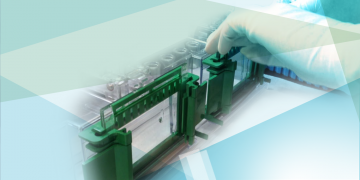
Bio-Rad’s New 4x Laemmli Sample Buffer for SDS-PAGE

Novel V3 Western Workflow™ Revolutionizes Protein Research

Around the World with the ChemiDoc™ MP Imaging System
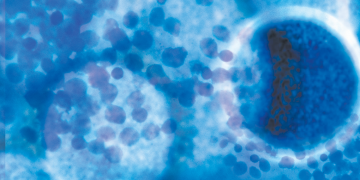
Application of Hexapeptide Libraries for Enhanced Protein Detection in Human Cellular Lysates
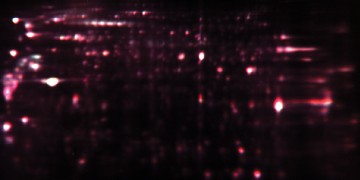
Transitioning from Chemiluminescent to Multiplex Fluorescent Blotting: Things to Consider
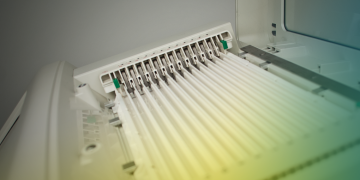
Using the new PROTEAN® i12™ IEF System to Achieve Highly Reproducible Data and Extended Separation Over Multiple pH Ranges in a Single Run
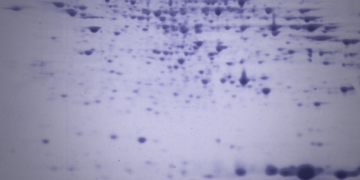
Use of the PROTEAN® i12™ IEF System for In-Gel Peptide Fractionation Prior to LC-MS and Comparison with Off-Gel Fractionation
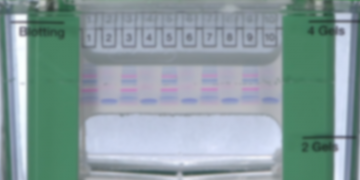
TGX Stain-Free™ Precast Gels

ChemiDoc™ MP Imaging System


